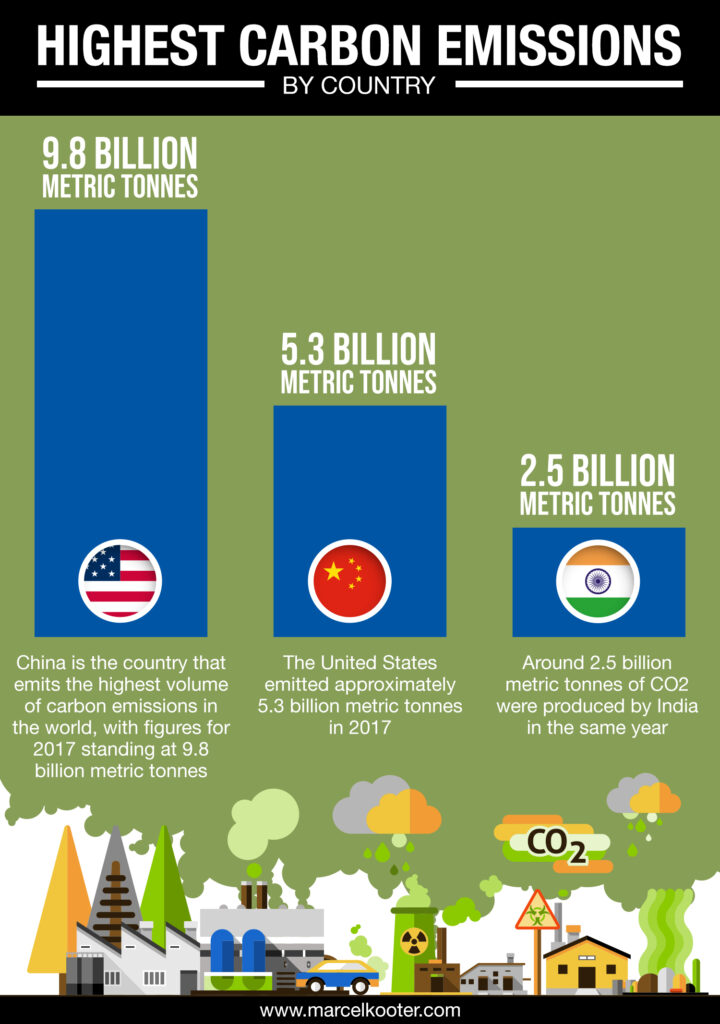The term ‘energy transition’ is used to refer to the ongoing process of the global energy industry to shift away from harmful and finite fossil fuels and towards more sustainable sources of energy such as solar, wind and hydropower. This transition is not one which can take place overnight, but with the entire industry working towards the same goals, it could be achievable over time.
Monitoring and tracking progress in energy transitions requires looking at multiple indicators of progress, as the complexity of the energy industry means that evidence from any single indicator will not provide an accurate picture.
Marcel Kooter works within the energy industry and has a passion for the development of new sustainability solutions that meet the expanding energy requirements of the global population. Some of the key reasons why we need sustainable energy solutions are outlined in the PDF attachment to this post.
Carbon Emissions
The most comprehensive indicator of energy transition is the volume of carbon emissions from the energy industry of the region or country in question. The embedded infographic details the five countries in the world that currently produce the most carbon emissions.
In 2018, global carbon emissions reached an historic high of 33 gigatonnes. Higher energy consumption was a key driver of the increase in emissions, caused by some areas of the world experiencing extreme weather conditions requiring extensive reliance on heating or cooling technology, along with a robust economy.
This increase, which represented the second year in a row of increased carbon emissions, meant that globally, the world was not on track to meet targets as identified in the Paris Agreement.
Current and planned policies therefore need to be altered if these targets are to be met. The International Energy Agency estimates that energy-related emissions of CO2 need to fall at a pace of at least 2% annually in the 2020s and 4.6% throughout the 2030s.

Decarbonisation and Electrification of End-Use Energy
One possible solution to reduce carbon emissions on a global basis is the decarbonisation and electrification of end-use energy. Low-carbon electricity usage can be increased significantly in areas such as transport; household uses such as cooking, running appliances and heating homes; and various industrial applications. This process will only be effective if decarbonisation accompanies the electrification of end-use sectors. Reduction of carbon intensity for the generation of power needs to be sped up if targets are to be met.
Clean Energy Investment
A key part of meeting the objectives of the Paris Agreement is increased investment in clean energy. While use of renewables is on the rise, further investment is needed to make renewables more efficient and more cost-effective.
In 2018, total energy investments stabilised for the first time in three years following a period of steady decline. However, the trend was driven by higher investment in coal supply and upstream oil and gas, with investment in renewables decreasing slightly.
On the supply side, 59% of 2018 investments were in fossil fuels, while just 23% were dedicated to low-carbon energy sources. You can see what the current European target for carbon emissions reduction is by watching the short video attachment.
Carbon Intensity
Carbon intensity on a global level has seen little change in the past two decades. While less use of coal and greater implementation of renewables have contributed to a steady decline in carbon intensity, this improvement has been stalled since 2016 due to higher global demands for energy, resulting in more intensive use of fossil fuels. Progressive increases in carbon intensity reductions are therefore required to meet objectives.

